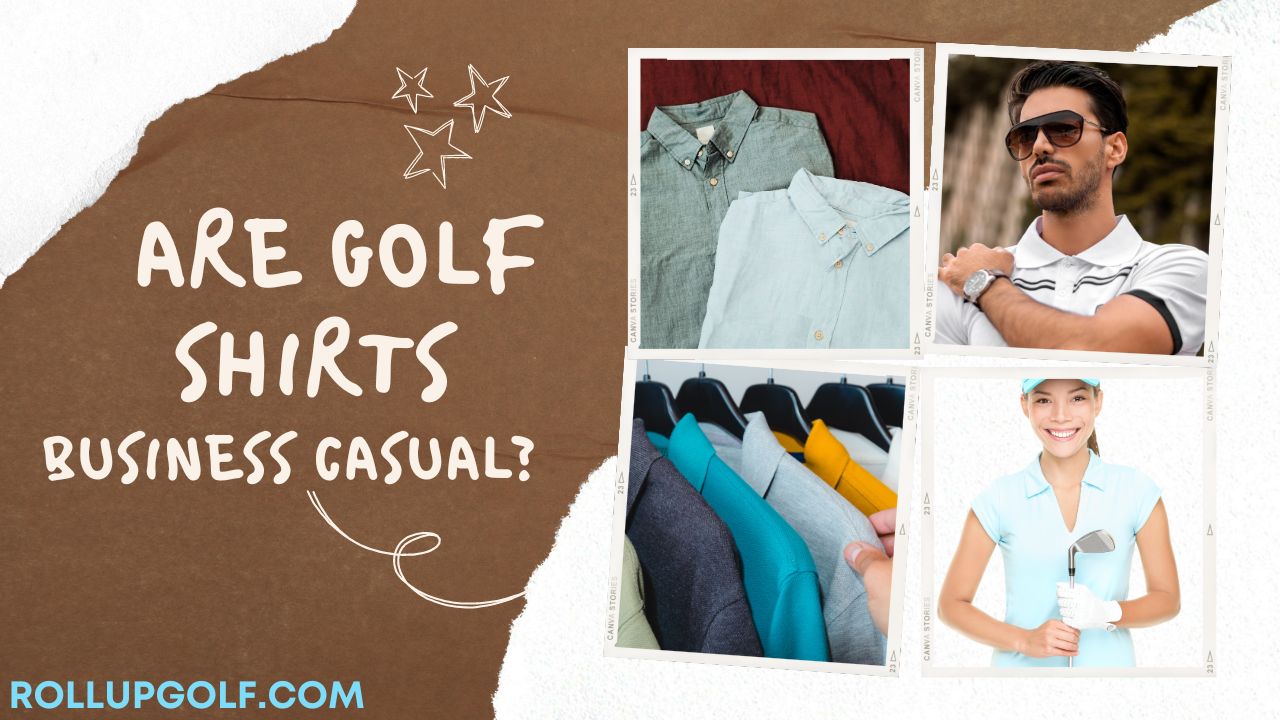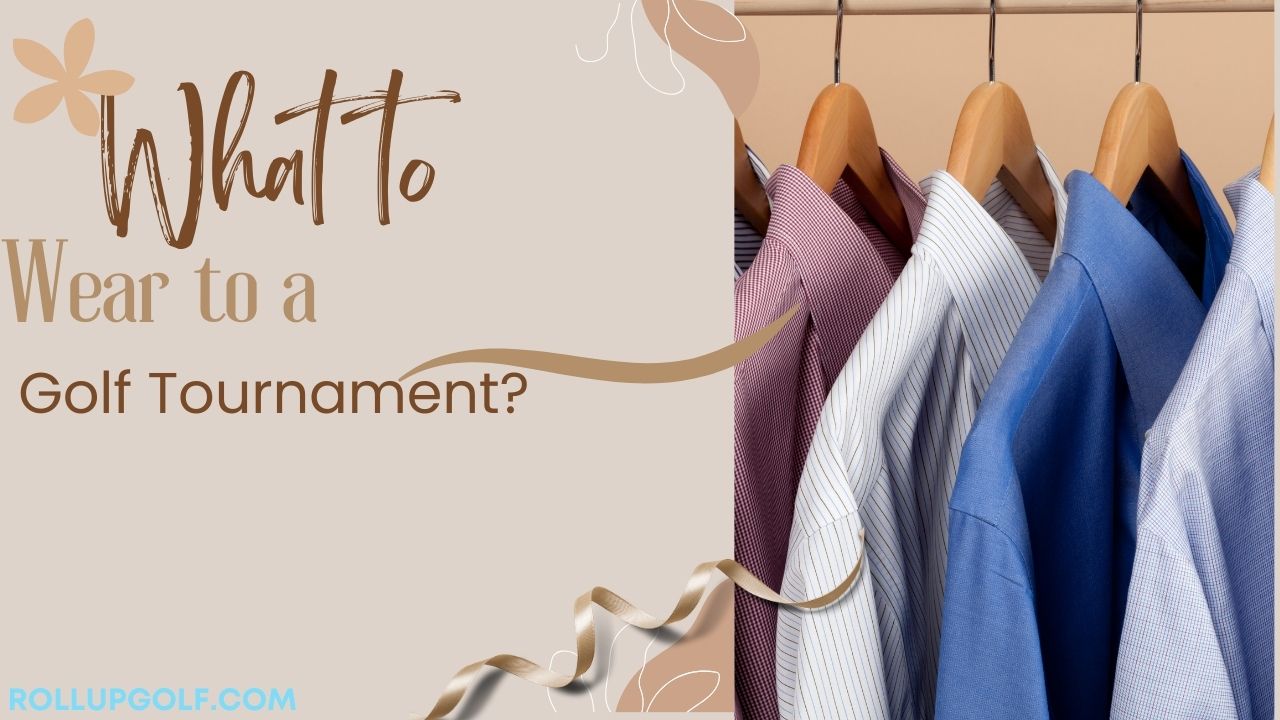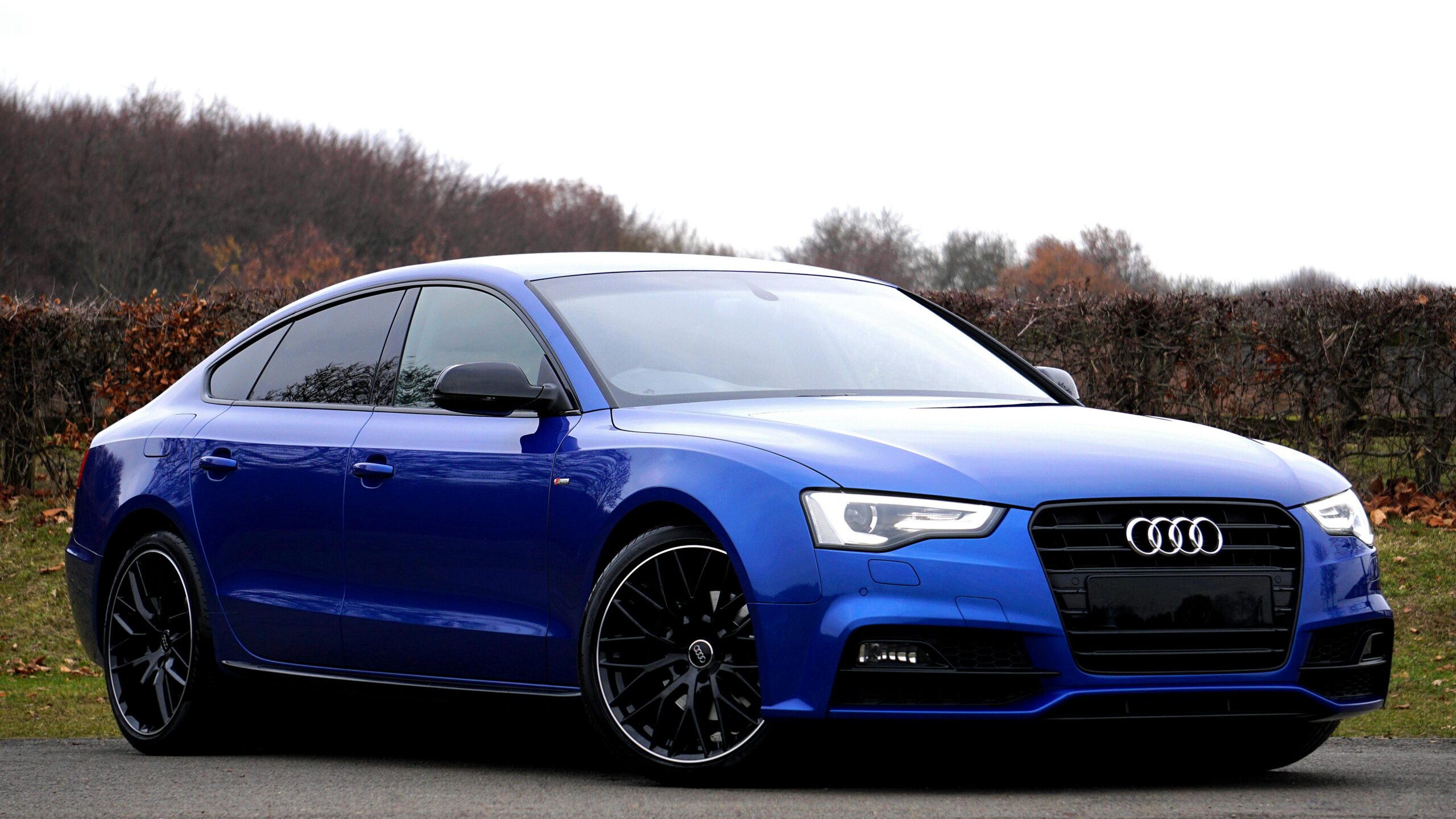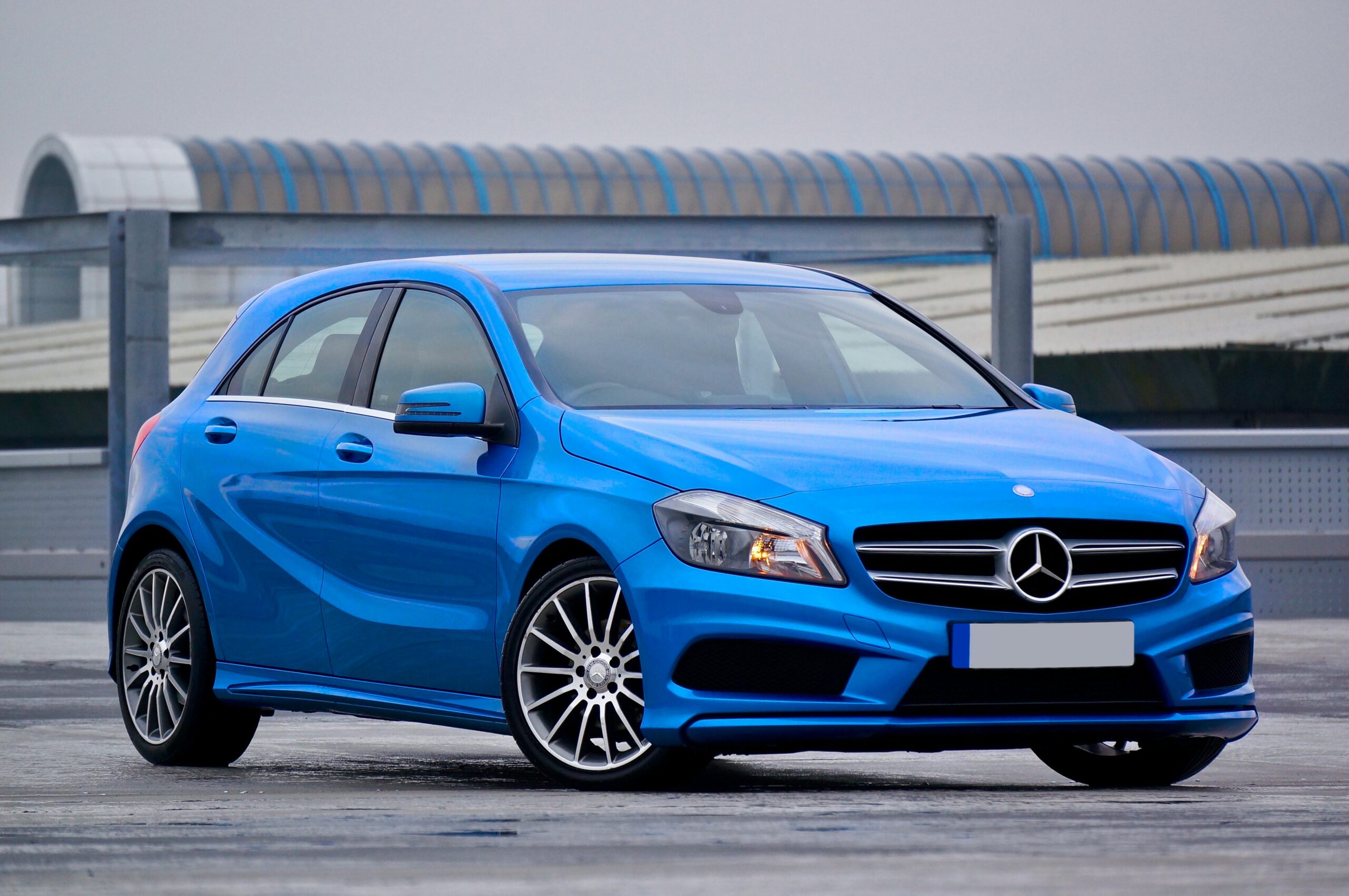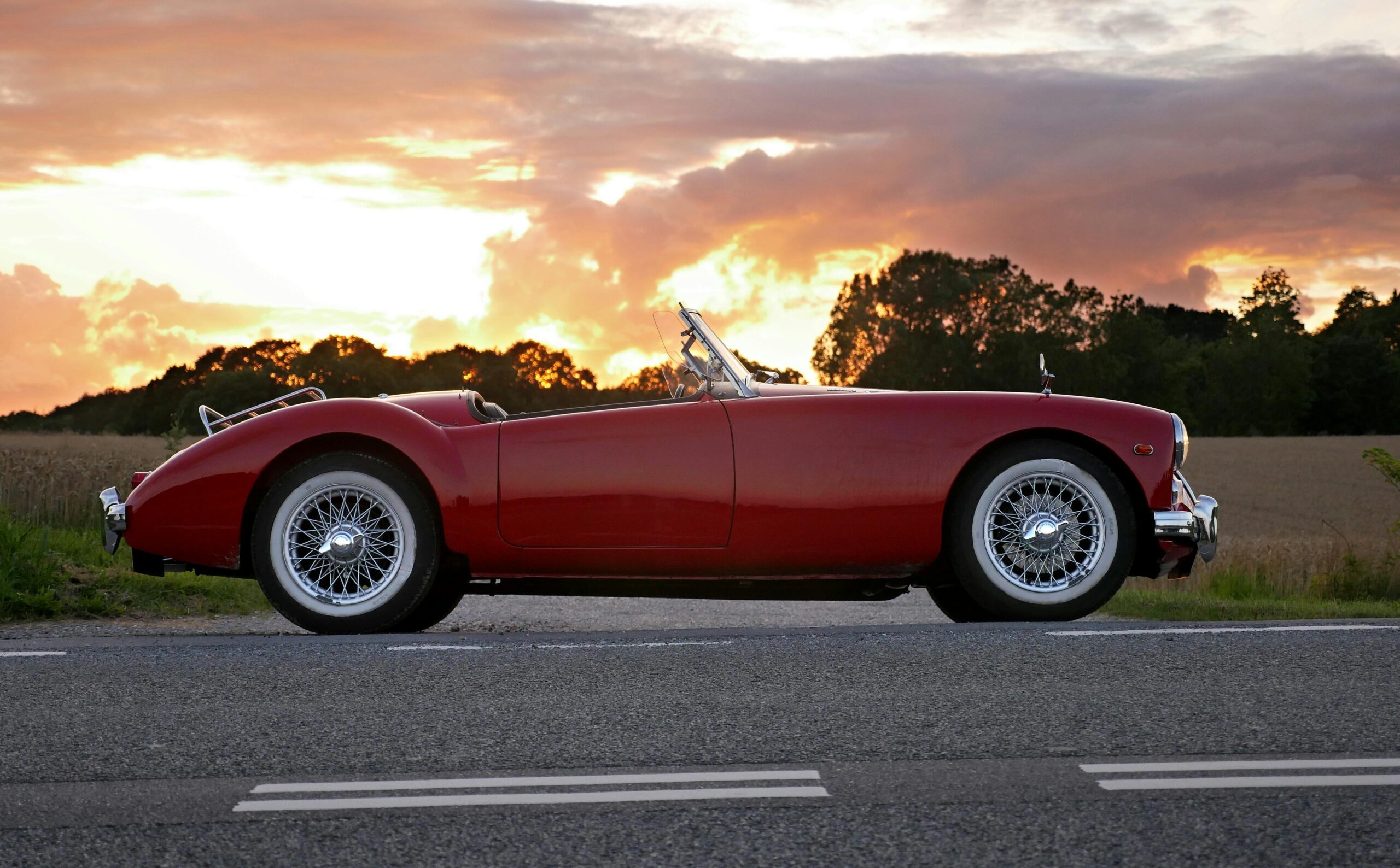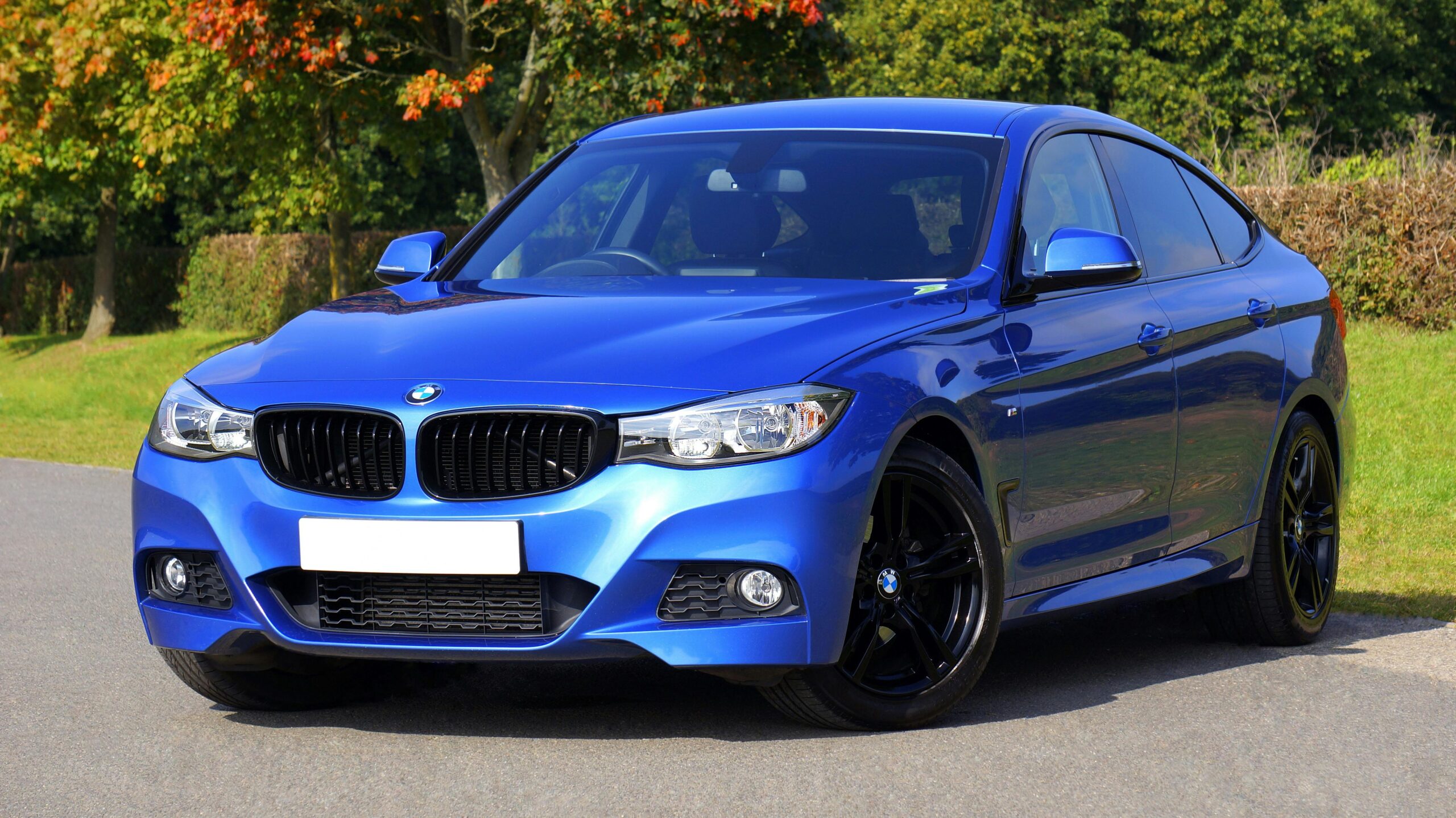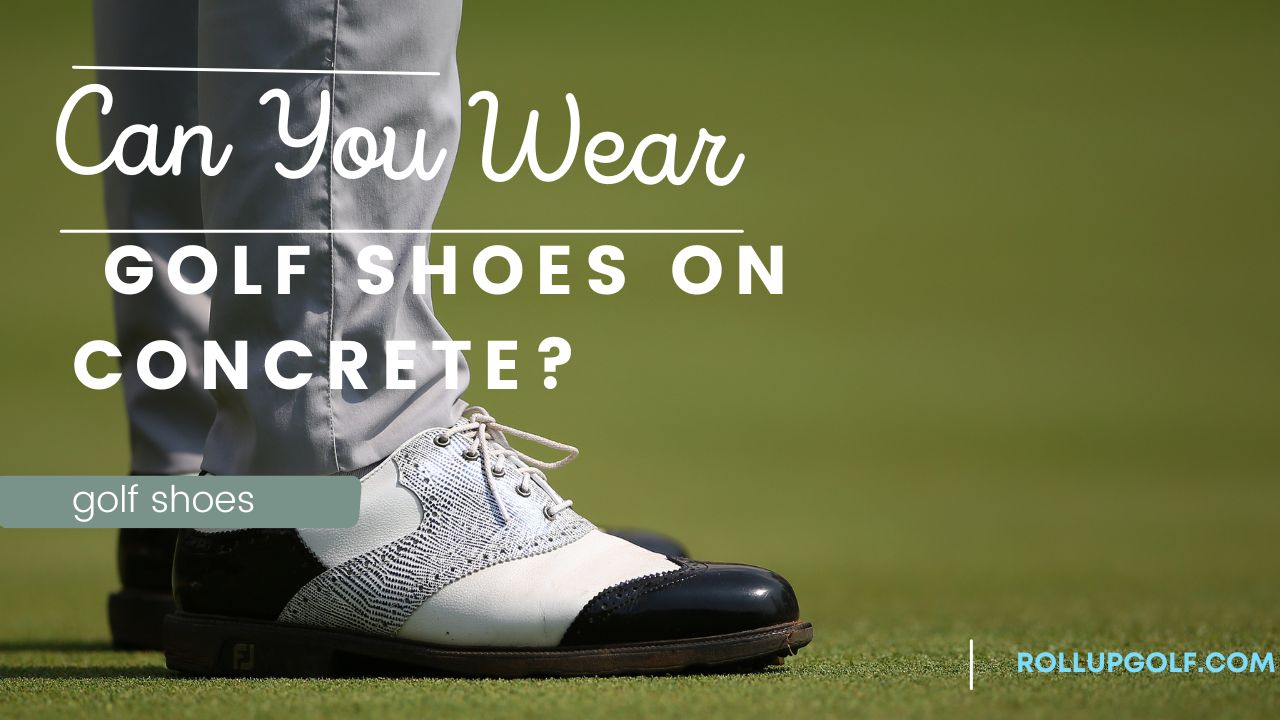
Golf enthusiasts often ponder whether they can wear their beloved golf shoes on concrete surfaces. With golf courses incorporating various terrains, including concrete paths and sidewalks, it’s essential to understand the implications of wearing golf shoes on such hard surfaces. In this article, we’ll delve into the suitability of golf shoes for concrete and explore alternative options for optimal performance and comfort.
When it comes to golfing, having the right footwear can significantly impact your game. Golf shoes are specially designed to provide stability, traction, and comfort on grassy terrain, aiding golfers in achieving their best performance. However, the question arises: can these specialized shoes be worn on concrete surfaces without compromising their effectiveness?
Read also: Who Makes Cut Golf Balls?
Can You Wear Golf Shoes on Concrete?
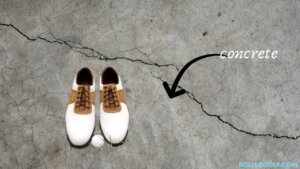
Whether or not you can wear golf shoes on concrete depends on the type of shoes and the situation. Here’s a breakdown:
Spiked Golf Shoes:
- Generally not recommended: Metal or plastic spikes can damage concrete surfaces and are also a slipping hazard. Some courses explicitly ban them on paved areas like walkways and cart paths.
Spikeless Golf Shoes:
- May be acceptable: These shoes have rubber soles with traction patterns designed for grass, but they can also provide a decent grip on concrete. However, they might not offer the same level of stability as traditional shoes, especially on smooth or wet surfaces.
Considerations:
- Course rules: Check the course’s dress code to see if they have any specific restrictions on footwear.
- Surface condition: Be cautious on wet or smooth concrete, even with spikeless shoes.
- Safety: While wearing golf shoes on concrete won’t necessarily harm you, it might not be the safest option depending on the activity and environment.
Alternatives:
- Running shoes: Many offer good traction and support for walking on concrete.
- Cross-training shoes: Designed for various activities, including some light outdoor movement.
- Regular sneakers: Choose ones with good tread for grip, but be aware they might not offer the same level of support as other options.
Ultimately, the decision of whether or not to wear golf shoes on concrete is up to you. Consider the factors mentioned above and choose the option that best suits your needs and ensures your safety and comfort.
Is it OK to wear sneakers while golfing?
Whether you can wear sneakers golfing depends on a few factors:
1. The type of sneakers:
- Running shoes or athletic trainers with good grip: These are usually acceptable on most courses, especially if you’re a beginner or casual player. However, they might not provide as much stability and traction as dedicated golf shoes, especially on wet or uneven terrain.
- Street shoes or sandals: These are generally not allowed on most courses due to safety concerns and potential damage to the turf.
2. The course dress code:
- Public courses: Many public courses are more relaxed with dress codes and may allow sneakers with good grip. However, it’s always best to check the course’s website or call ahead to confirm their policy.
- Private courses: Private courses often have stricter dress codes that might require dedicated golf shoes with soft spikes or spikeless shoes designed for golf.
3. Your own preferences and comfort:
- If you prioritize comfort and don’t mind potentially sacrificing some performance, then sneakers might be okay.
- However, dedicated golf shoes can offer several advantages:
- Improved stability and traction: This can lead to better swing mechanics and lower scores.
- Protection from the elements: They often have waterproof materials and a better grip on wet grass.
- Comfort for walking long distances: Many golf shoes are designed for walking comfort throughout the round.
Overall:
In most cases, wearing running shoes or athletic trainers with good grip should be acceptable on public courses, especially for beginners or casual players. However, always check the course’s dress code beforehand. Private courses might require dedicated golf shoes.
Ultimately, the choice comes down to your comfort and priorities. If you value performance and playing your best, investing in a pair of golf shoes might be worthwhile. If you’re just starting out or prioritize comfort, good-quality sneakers should suffice.
Read also: How to Hotwire a Golf Cart?
Are golf shoes good to walk in?
It depends on the type of golf shoes and what you mean by “good to walk in.” Here’s a breakdown:
Spiked Golf Shoes:
- Not ideal for long walks: While they offer excellent traction on grass, the metal or plastic spikes can damage concrete and are uncomfortable on hard surfaces. They can also be a slipping hazard.
Spikeless Golf Shoes:
- Can be good for walking: Many spikeless models are designed for comfort and offer decent traction on both grass and hard surfaces. Their soles are more flexible than traditional shoes, but might not be suitable for long hikes or rough terrain.
Factors to consider:
- Distance: If you’re planning a casual walk on paved paths at the course, spikeless shoes might be fine. But for longer distances or uneven terrain, dedicated walking shoes offer better support and comfort.
- Comfort: Spikeless golf shoes prioritize comfort and flexibility, especially compared to spiked models. However, they might not provide the same level of arch support and cushioning as dedicated walking shoes.
- Style: Some spikeless golf shoes are designed to look like regular sneakers, making them versatile for both on and off the course.
Alternatives:
- Walking shoes: Designed for long distances and uneven terrain, offering better support and comfort than most golf shoes.
- Trail running shoes: Combine comfort with grip for various terrains, making them suitable for walking on golf courses too.
Overall:
Spikeless golf shoes can be good for casual walking on paved paths at the course, but they might not be ideal for long distances or rough terrain. For more demanding walks, dedicated walking or trail running shoes are better options. Consider your specific needs and priorities when making your choice.
Types of Golf Shoes: Beyond Spiked vs. Spikeless
While the “spiked vs. spikeless” debate dominates the conversation, golf shoes offer a wider variety than just those two options. Here’s a deeper dive into the different types:
By Sole Type:
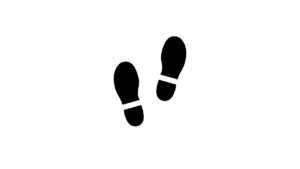
- Spiked:
- Metal spikes: Traditional option offering excellent traction on wet grass and slopes, but can damage concrete and are often banned on paved areas.
- Soft spikes: Made of plastic or rubber, providing good traction while being gentler on surfaces and more comfortable for walking.
- Tour-level spikes: Smaller, lighter, and replaceable, preferred by professionals for maximum control and stability during powerful swings.
- Spikeless:
- Integrated traction: Rubber soles with strategically placed lugs and patterns for grip on various terrains, including grass, dirt, and concrete.
- Versatility: Often resemble sneakers, allowing for on-course and off-course wear.
- Comfort: Prioritize flexibility and cushioning for walking comfort.
By Material:
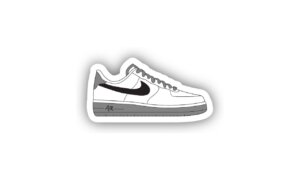
- Leather: Classic choice offering durability, water resistance, and breathability. Requires regular cleaning and maintenance.
- Synthetic leather: A more affordable alternative to leather, offering similar properties with less maintenance.
- Mesh: Lightweight and breathable, ideal for warm weather and walking comfort.
- Waterproof: Coated materials or integrated membranes for protection against rain and wet conditions.
By Style:
- Traditional: Saddle design with laces, offering a classic and timeless look.
- Athletic: Sleek and modern designs resembling sneakers, often spikeless and versatile for casual wear.
- Boot-style: High-top construction for ankle support and protection in wet or muddy conditions.
Additional Considerations:
- Width: Choose shoes that fit your foot comfortably, with wider options available for those who need them.
- Closure: Laces, straps, or BOA systems offer different levels of adjustability and personal preference.
- Budget: Prices vary depending on brand, technology, and materials used.
Ultimately, the best type of golf shoe depends on your individual needs and playing style. Consider factors like course conditions, personal comfort, traction needs, and budget to make an informed decision.
Read also: Golf cart
Wearing Golf Shoes on Concrete
While golf shoes are primarily designed for use on grassy surfaces, wearing them on concrete can be both feasible and challenging. Concrete surfaces lack the softness and forgiveness of grass, which can impact the comfort and performance of golf shoes. However, wearing golf shoes on concrete may still offer benefits such as maintaining traction and stability during swings.
Considerations for Concrete Surfaces
When contemplating wearing golf shoes on concrete, several factors should be considered. The traction requirements on concrete differ from those on grass, requiring shoes with durable outsoles that can withstand the abrasive nature of concrete while providing adequate grip. Additionally, the durability of the shoes becomes crucial, as concrete surfaces can accelerate wear and tear.
Alternatives to Golf Shoes on Concrete
While golf shoes are designed for optimal performance on the golf course, alternatives exist for wearing on concrete surfaces. Sneakers or athletic shoes with durable outsoles and sufficient cushioning can provide comfort and traction on concrete, making them viable options for golfers seeking versatility.
Tips for Wearing Golf Shoes on Concrete
When wearing golf shoes on concrete surfaces, it’s essential to consider several factors to ensure comfort, performance, and longevity. Here are some valuable tips to enhance your experience:
1. Choose the Right Shoes
Select golf shoes with features tailored for versatility and durability. Look for models with sturdy outsoles capable of withstanding the harshness of concrete while providing adequate traction.
2. Ensure Proper Fit
Proper fit is crucial for comfort and performance, especially when walking on hard surfaces like concrete. Ensure your golf shoes fit snugly but not too tight, allowing for natural movement without causing discomfort or blisters.
3. Consider Cushioning
Opt for golf shoes with ample cushioning, particularly in the midsole and insole areas. Cushioned shoes can help alleviate the impact of walking on concrete, reducing strain on your feet and joints.
4. Inspect the Outsoles Regularly
Before and after wearing your golf shoes on concrete, inspect the Outsoles for signs of wear and tear. Concrete surfaces can be abrasive, potentially causing premature deterioration of the shoe’s traction elements. Replace worn-out spikes or tread patterns to maintain optimal grip.
5. Rotate Your Shoes
To prolong the lifespan of your golf shoes, consider rotating between multiple pairs, especially if you frequently play on concrete surfaces. Alternating between shoes allows each pair to rest and recover, reducing overall wear and tear.
6. Clean and Maintain Regularly
After each round of golf, regardless of the surface, clean your shoes thoroughly to remove dirt, debris, and moisture buildup. Use a soft brush or cloth to gently scrub the outsoles and upper materials, preventing dirt from embedding and causing damage over time.
7. Store Properly
When not in use, store your golf shoes in a cool, dry place away from direct sunlight and moisture. Proper storage helps maintain the integrity of the materials and prevents deterioration, ensuring your shoes remain in optimal condition for longer.
8. Consider Insoles or Inserts
If you find your golf shoes lacking sufficient cushioning or support for concrete surfaces, consider using additional insoles or inserts for added comfort. Customizable orthotic inserts can provide tailored support and cushioning, reducing fatigue during prolonged walking or standing.
9. Avoid Excessive Walking
While golf shoes are designed for walking on golf courses, excessive walking on concrete surfaces should be minimized to prevent premature wear and discomfort. Whenever possible, use alternative footwear or golf carts to reduce the strain on your shoes and feet.
10. Monitor Comfort Levels
Pay attention to any discomfort or fatigue experienced while wearing golf shoes on concrete. If you notice persistent discomfort or pain, reassess your footwear choice and consider alternative options better suited for hard surfaces.
Conclusion
In conclusion, wearing golf shoes on concrete surfaces can be feasible, albeit with some considerations. While golf shoes are primarily designed for grassy terrains, they can still offer traction and stability on concrete, albeit with potential drawbacks such as increased wear and tear. However, golfers have alternative options such as sneakers or athletic shoes, which may provide comparable comfort and traction on concrete surfaces.
FAQs:
- Can I wear spiked golf shoes on concrete?
- While spiked golf shoes can offer traction on concrete, they may experience accelerated wear due to the abrasive nature of the surface.
- Are spikeless golf shoes suitable for concrete surfaces?
- Spikeless golf shoes are more versatile and can be worn on concrete, providing adequate traction and comfort.
- How do I clean golf shoes after wearing them on concrete?
- To clean golf shoes after wearing them on concrete, use a soft brush to remove dirt and debris, then wipe them down with a damp cloth. Allow them to air dry thoroughly.
- Can wearing golf shoes on concrete affect my swing?
- Concrete surfaces lack the forgiveness of grass, which may impact your swing dynamics. However, proper stance and technique can mitigate any adverse effects.
- Are there specific golf shoe brands better suited for concrete surfaces?
- Some golf shoe brands offer models with durable outsoles designed to withstand concrete surfaces better. It’s advisable to look for shoes with reinforced construction for enhanced longevity.

